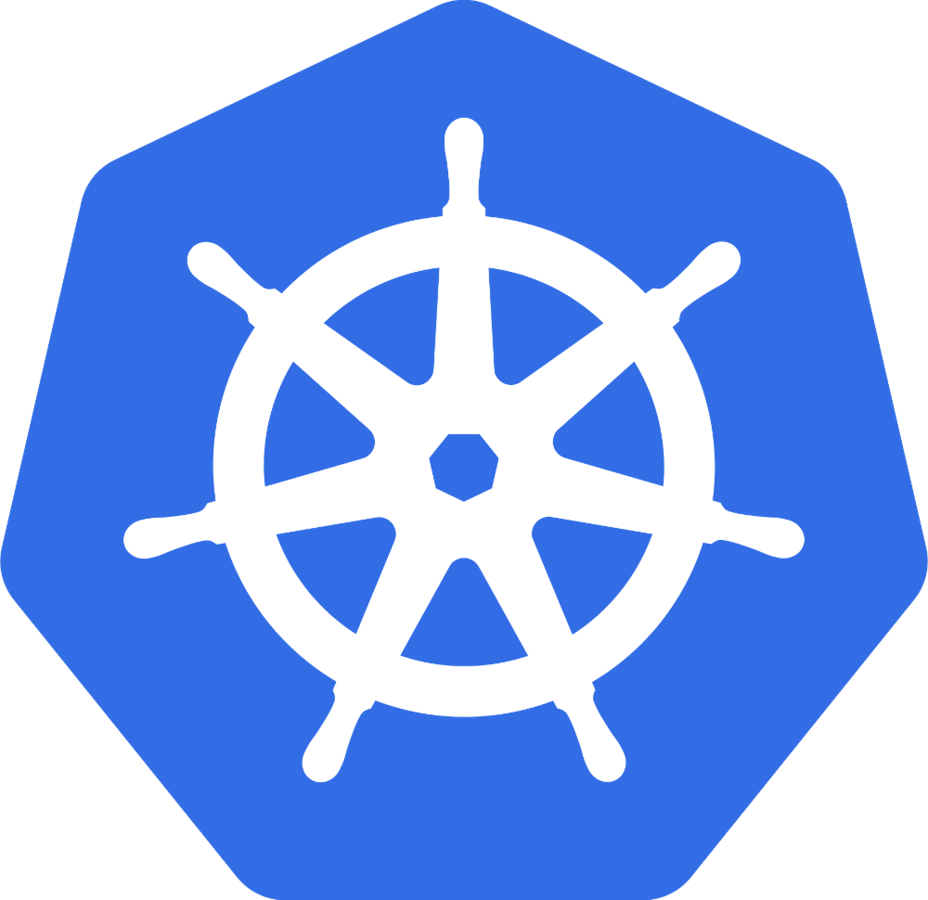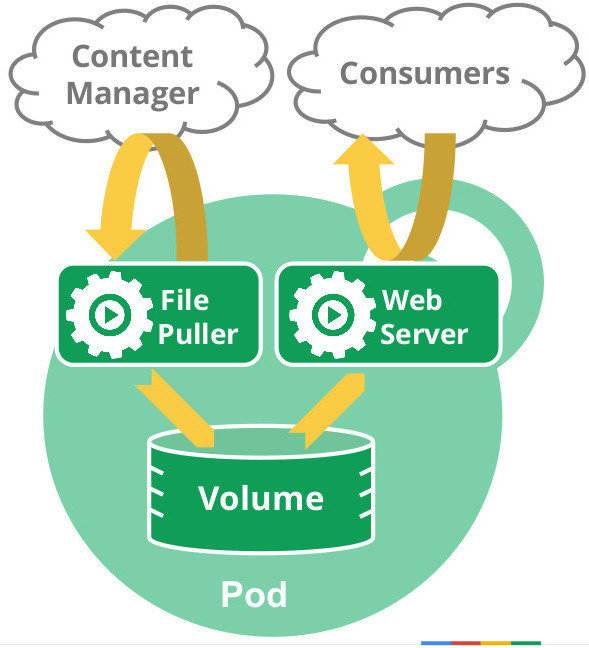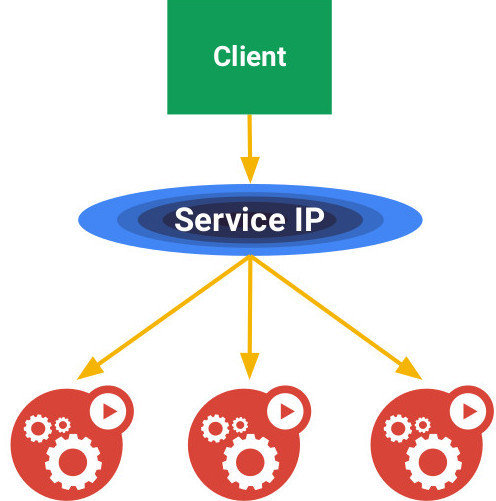Introduction to Kubernetes

Agenda
-
Project context
-
What is kubernetes ?
-
Architecture
-
Work units
-
Demo
Project context
Objenious, why to move Google Cloud Platform
Firsts components will be released in production in early january
I'll assume you already know the basics of Docker
Before starting ...
What is kubernetes ?
- A system for container management in a clustered environment (open sourced by Google)
- Multiple container engines (Docker, rkt, OCI), mainly based on Docker.
- Provides grouping, load balancing, scaling and scheduling features
Current version v1.4,
(1.5 planned by the end of the year)

Master components
- API Server : The main management endpoint for the cluster (RESTful interface)
- Controller Manager: Handles replication management
- Scheduler Server : Assigns workloads to specific nodes
- etcd : A distributed key-value store for sharing configuration
Node components
-
Docker : A Container system which runs on a dedicated network
-
Kubelet : Is responsible for the communication with the master server
- Proxy : Used for network forwarding and load balancing

Work units
- Pod:
A colocated group of containers (one-to-many) with shared resources. e.g. network, volumes.
It can be viewed as a "logical host".



Work units
- Service:
An interface to a group of containers, which acts as load-balancer and provides an abstraction layer - no need to worry about containers location.



Work units
- ReplicaSets :
Ensures that the number of desired pods "replicas" are running at any time.
- Deployments :
Declarative way to describe the desired state of the application (pods, replica sets).
- Many volumes plugins:
Configmaps, Secrets, HostPath, AWS EBS ...


apiVersion: extensions/v1beta1
kind: Deployment
metadata:
name: nginx
labels:
k8s-app: nginx
kubernetes.io/cluster-service: "true"
spec:
replicas: 3
selector:
matchLabels:
k8s-app: nginx
template:
metadata:
labels:
k8s-app: nginx
kubernetes.io/cluster-service: "true"
spec:
containers:
- name: nginx
image: nginx
resources:
limits:
cpu: 100m
memory: 100Mi
ports:
- containerPort: 80Workload example
kubectl create -f nginx-rc.yamlNetworking
- The pods are scheduled on a flat shared network accross all nodes.
- Each pod can communicate without proxies and translations (NAT) with other pods within the cluster.
- Several implementations are available: L2 networks, Flannel, Weave, OpenVswitch, Calico

Links
Kubernetes documentation :
http://kubernetes.io/v1.1/index.html
kubespray repositories :
Cloud Native Computing Paris meetup :
http://www.meetup.com/fr-FR/Cloud-Native-Computing-Paris/